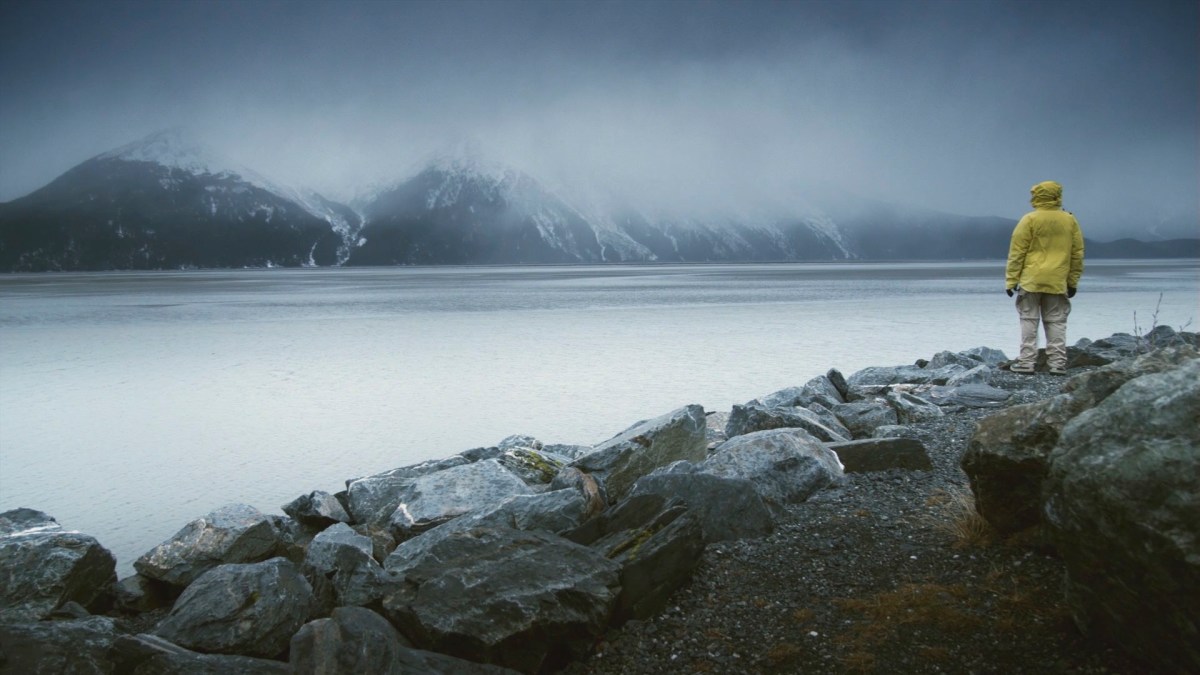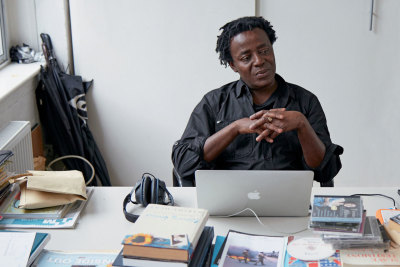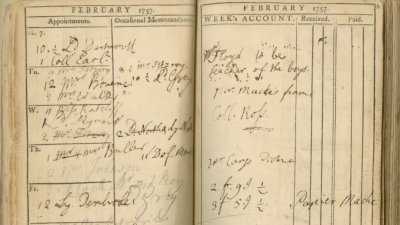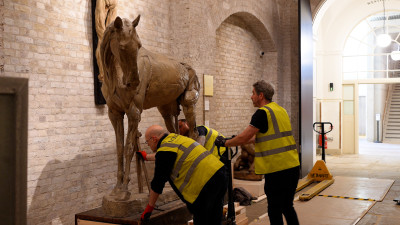
Sir John Akomfrah RA, Mnemosyne, 2010.
© The Artist. © Photo: Royal Academy of Arts, London.
This image is not available to download. To licence this image for commercial purposes, contact our Picture Library at picturelibrary@royalacademy.org.uk
Mnemosyne, 2010
Sir John Akomfrah RA (b. 1957)
RA Collection: Art
Sir John Akomfrah created the film Mnemosyne as part of the BBC/Arts Council 'Made in England' project, using archival material to retell the experience of post-war migrants in the UK. Mnemosyne uses footage of the West Midlands taken between 1960 and the 1980s punctuated by scenes of a figure in a frozen landscape and other sequences filmed by the artist. Questioning the idea of Britain as a promised land, the film shows the realities of daily life in this period including racism and economic hardship.
The title Mnemosyne refers to the mother of the Nine Muses and the personification of Memory in Greek mythology, tapping into broader narratives and cultural traditions relating to memory. The film references Mnemosyne's daughters and is divided into sections named after them: Melpomene (Tragedy), Clio (History), Euterpe (Music), Polyhymnia (Sacred Song), Urania (Astronomy), Thalia (Comedy), Erato (Love), Terpsichore (Dance) and Calliope (Poetry).
The soundtrack mixes music with voiceovers of literary texts including excerpts from Homer, Milton, Dante, Shakespeare, James Joyce and Samuel Beckett read by a variery of actors. The film has been described as 'an evocative bricolage which questions memory and suggests the possibility for endless re-interpretation of historical events' and 'a set of imaginary journeys through myth, folklore, history and a museum of intangible things' (quotations from the Lisson Gallery).
In an interview on Mnemosyne in the Guardian, Akomfrah described his methodology of using and reframing footage originally captured for different purposes. He states: 'It's important to read images in the archive for their ambiguity and open-endedness...Migrants were often filmed in relation to debates about crime or social problems, so that's how they get fixed in official memory. But that Caribbean woman standing in a 60s factory isn't thinking about how she's a migrant or a burden on the British state; she's as likely to be thinking about what she's going to eat that evening or about her lover.' (Guardian interview, link below)
Akomfrah co-founded the Black Audio Film Collective in 1982 with a group of friends. Their first film was Handsworth Songs in 1986, a documentary exploring the events surrounding the 1985 riots in Birmingham and London through archive footage, still photos and newsreel. The film won several international prizes and established the multi-layered visual style that has become a motif of Akomfrah’s practice.
Further information:
https://www.independent.co.uk/arts-entertainment/films/reviews/the-nine-muses-john-akomfrah-92-mins-pg-6292730.html
https://www.theguardian.com/film/2012/jan/20/john-akomfrah-migration-memory
https://www.youtube.com/watch?v=gEfCX4KVcFE



